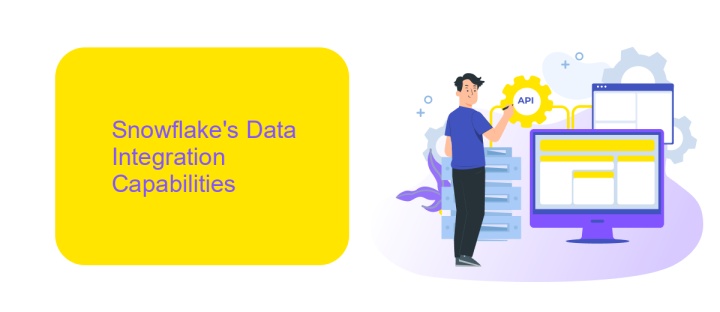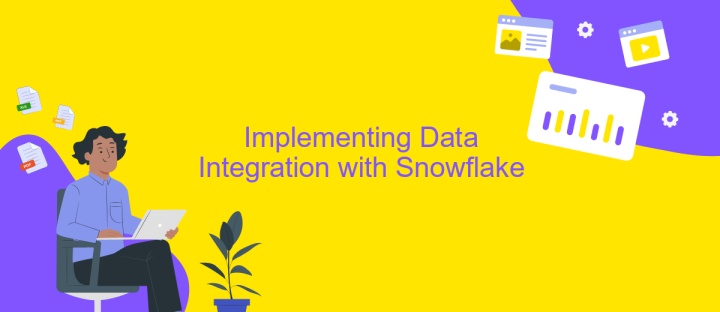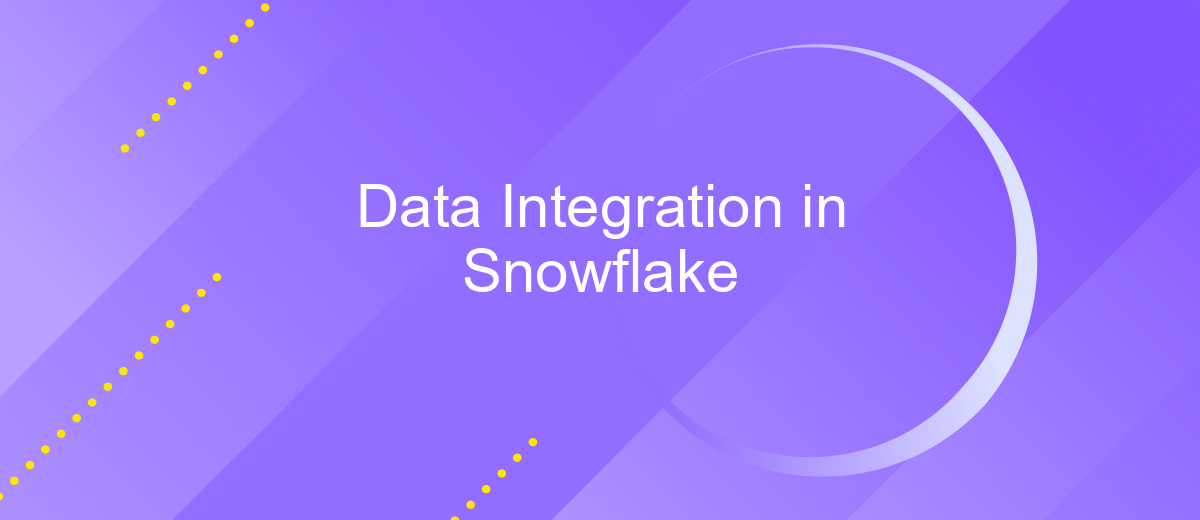Data Integration in Snowflake
Data integration in Snowflake is a powerful approach to managing and analyzing vast amounts of data across diverse sources. By leveraging Snowflake's cloud-native architecture, businesses can seamlessly consolidate, transform, and query data in real-time. This article explores the key features and benefits of using Snowflake for data integration, highlighting how it enhances data accessibility, scalability, and performance, ultimately driving more informed decision-making and operational efficiency.
Understanding Data Integration Needs and Challenges
Data integration is a critical component for organizations leveraging Snowflake as their data platform. Understanding the specific needs and challenges associated with data integration is essential for optimizing operations and ensuring seamless data flow. Organizations must assess their data sources, formats, and the frequency of data updates to tailor integration strategies effectively.
- Identifying diverse data sources and ensuring compatibility with Snowflake.
- Managing data quality and consistency across integrated systems.
- Ensuring real-time data processing and minimizing latency.
- Addressing security and compliance requirements during data transfer.
- Scaling integration solutions to accommodate growing data volumes.
Successfully addressing these challenges requires a strategic approach that combines robust tools and methodologies. Leveraging Snowflake's native capabilities, such as its data sharing and transformation features, can significantly streamline the integration process. By prioritizing these needs and challenges, organizations can enhance their data integration efforts, leading to more informed decision-making and improved business outcomes.
Snowflake's Data Integration Capabilities

Snowflake offers robust data integration capabilities that empower organizations to seamlessly consolidate data from diverse sources into a unified platform. With its cloud-native architecture, Snowflake supports a wide range of data formats and sources, including structured and semi-structured data, enabling users to efficiently manage and analyze their data. The platform's ability to handle massive data volumes with ease ensures that businesses can scale their operations without compromising performance or speed.
Additionally, Snowflake's integration with various ETL and data integration tools, such as ApiX-Drive, simplifies the process of connecting disparate data sources. ApiX-Drive allows users to automate data workflows and integrate applications without requiring extensive coding knowledge. This seamless integration capability not only accelerates the data onboarding process but also enhances data accuracy and reliability. As a result, organizations can focus on deriving actionable insights and making informed decisions, leveraging Snowflake's powerful data integration features to stay competitive in the ever-evolving data landscape.
Implementing Data Integration with Snowflake

Implementing data integration with Snowflake involves a strategic approach to seamlessly consolidate data from diverse sources into a unified platform. Snowflake offers robust capabilities to handle structured and semi-structured data, enabling organizations to efficiently manage and analyze large datasets. By leveraging its cloud-native architecture, Snowflake ensures scalability and performance, making it an ideal choice for modern data integration needs.
- Begin by identifying and connecting data sources using Snowflake's native connectors or third-party ETL tools.
- Transform and cleanse the data to ensure consistency and quality across datasets.
- Load the transformed data into Snowflake's data warehouse, utilizing its powerful data loading features.
- Set up data sharing and access controls to maintain data security and compliance.
- Continuously monitor and optimize data workflows to enhance performance and cost-efficiency.
By following these steps, organizations can effectively integrate their data ecosystems within Snowflake, unlocking valuable insights and driving data-driven decision-making. Snowflake's platform not only simplifies data integration processes but also provides the flexibility and scalability needed to adapt to evolving business requirements. This ensures that businesses can maintain a competitive edge in an increasingly data-centric world.
Best Practices for Data Integration in Snowflake

Integrating data within Snowflake requires a strategic approach to ensure seamless operations and optimal performance. Start by understanding your data sources and the specific requirements your integration process demands. This foundational knowledge will guide you in selecting the right tools and methods for your Snowflake environment.
Efficient data integration also involves setting up robust security measures. Snowflake provides various security features, such as role-based access control and data encryption. Implement these features to protect your data throughout the integration process and ensure compliance with relevant regulations.
- Utilize Snowflake's native connectors for streamlined data ingestion.
- Regularly monitor and optimize your data pipelines for performance improvements.
- Leverage Snowflake's automatic scaling to handle varying data loads efficiently.
- Implement data validation checks to maintain data quality and integrity.
Lastly, continuously evaluate and refine your data integration strategies. Snowflake's dynamic environment offers numerous features that can enhance your integration processes. Stay informed about new updates and best practices to ensure your data integration remains efficient and effective over time.


Future Trends in Data Integration with Snowflake
As data integration continues to evolve, Snowflake is poised to leverage advancements in AI and machine learning to enhance data processing and analytics capabilities. The integration of AI-driven tools will enable more intelligent data mapping and transformation, reducing manual efforts and increasing efficiency. This trend will likely lead to more dynamic and real-time data integration processes, allowing businesses to make faster, data-driven decisions.
Moreover, the rise of no-code and low-code platforms, such as ApiX-Drive, is set to revolutionize how organizations approach data integration with Snowflake. These platforms simplify the integration process, enabling users without extensive technical expertise to connect various data sources seamlessly. As a result, businesses can achieve greater agility and flexibility in managing their data ecosystems. Additionally, the growing emphasis on data governance and security will drive the adoption of more robust integration frameworks, ensuring that data remains compliant and protected across all touchpoints.
FAQ
What is Data Integration in Snowflake?
How can I automate data integration in Snowflake?
What are the benefits of using Snowflake for data integration?
How does Snowflake handle real-time data integration?
What are the challenges of data integration in Snowflake?
Apix-Drive will help optimize business processes, save you from a lot of routine tasks and unnecessary costs for automation, attracting additional specialists. Try setting up a free test connection with ApiX-Drive and see for yourself. Now you have to think about where to invest the freed time and money!

